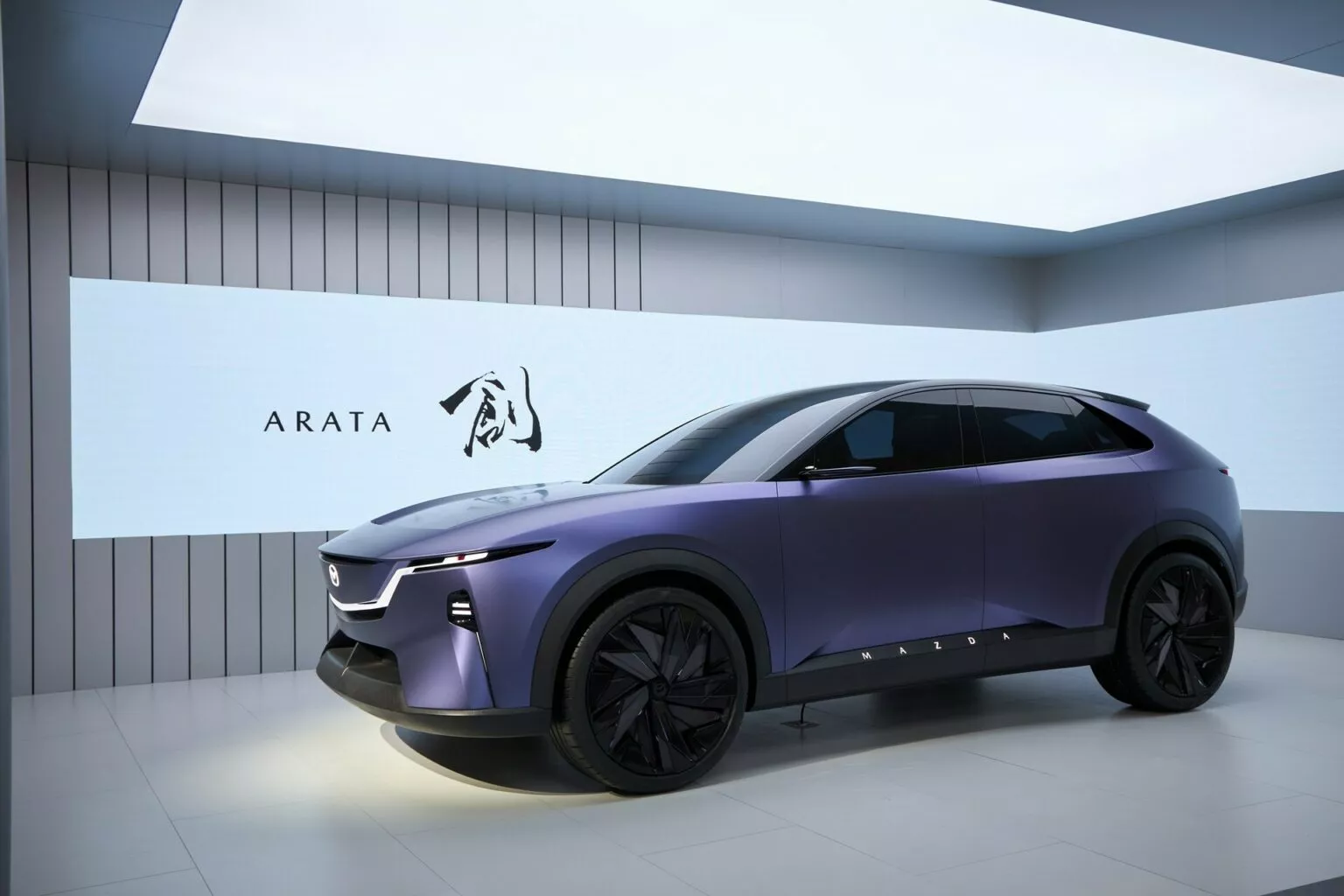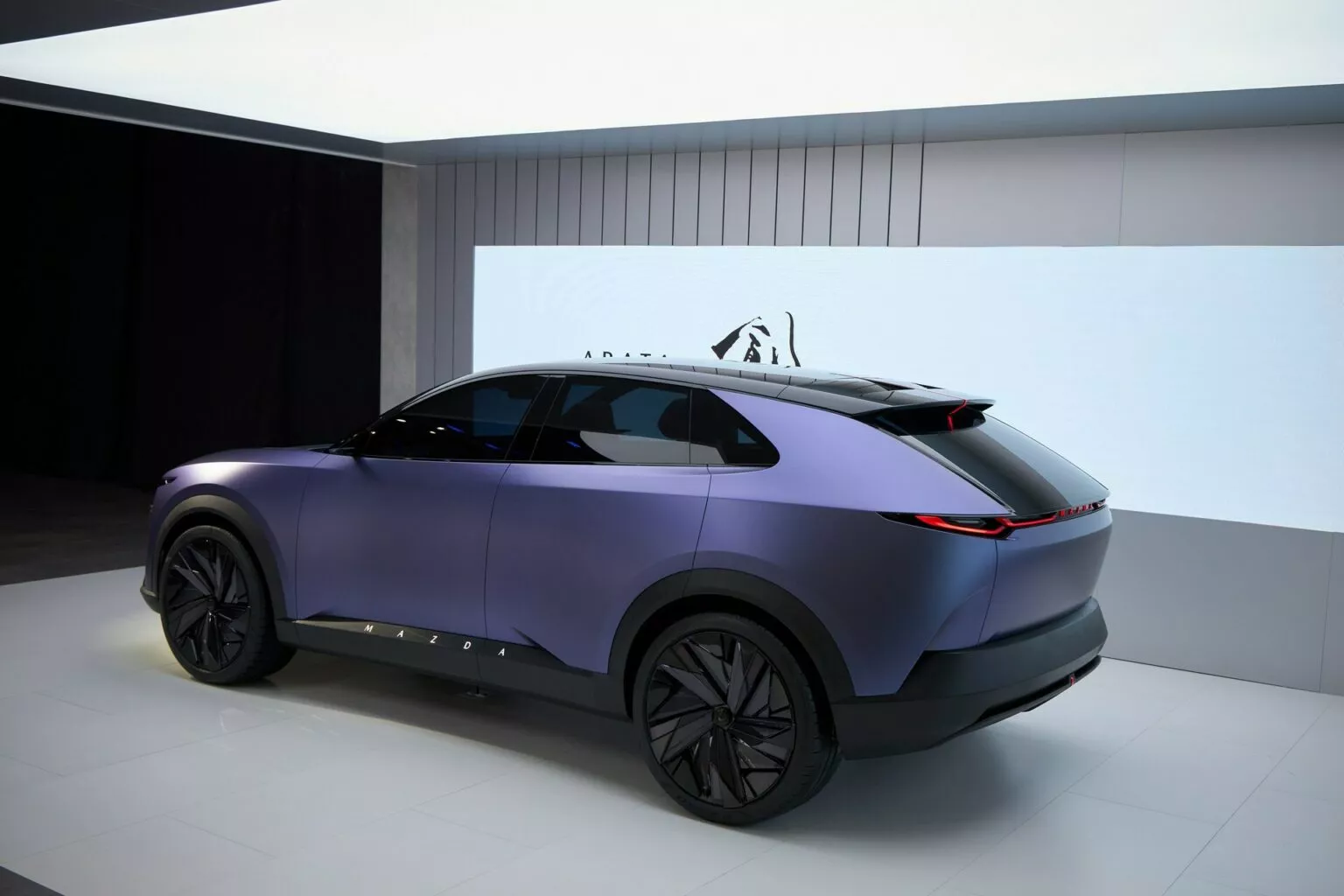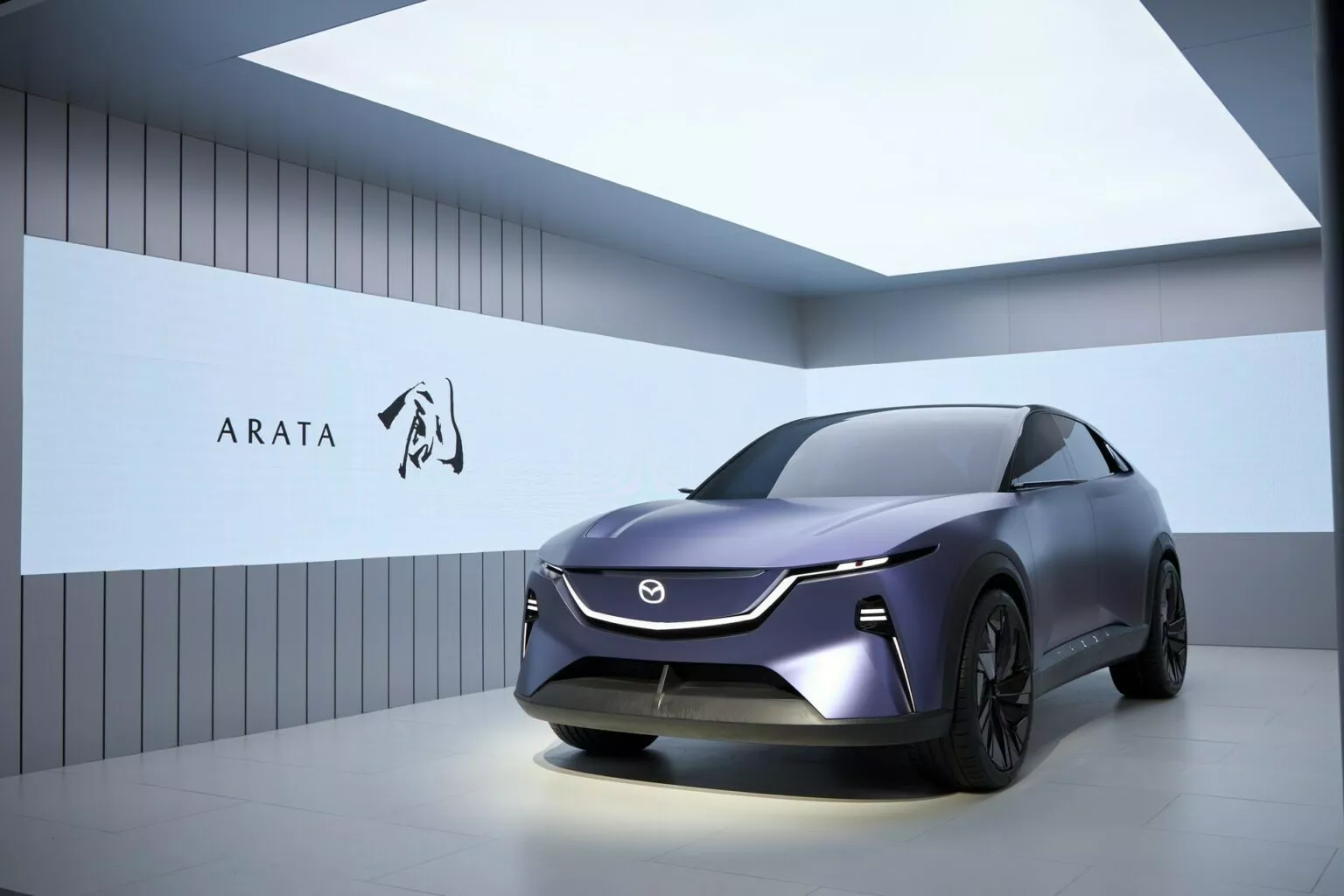Eight years have passed since the current Mazda CX-5 debuted, but it remains a sales juggernaut and the brand’s American bestseller. While the CX-50 might seem like its replacement, Mazda has confirmed a next-generation CX-5 with exciting developments.
This redesigned SUV will be a key player in Mazda’s electrification push between 2025 and 2027. Part of this strategy involves a brand new, in house hybrid powertrain for the CX-5, unlike the CX-50 Hybrid’s borrowed Toyota technology.

To achieve this, Mazda plans to simplify the CX-5 lineup by offering fewer trims and streamlined specifications. This makes sense considering the current eight-trim spread in the US market.
Looking further ahead, 2027 will see the arrival of a dedicated electric vehicle from Mazda, while the company explores the possibility of cost-effective plug-in hybrid variants based on the same platform. These plug-in hybrids could be a strategic move to hedge against potential slow electric vehicle adoption rates.
Mazda is gearing up for a future that blends traditional combustion engines with cutting-edge electric technology. The automaker has confirmed plans for an electric crossover based on the Arata concept, which debuted at the Beijing Auto Show.
While the electric future takes shape, Mazda remains committed to perfecting its internal combustion engines. The upcoming Skyactiv-Z engine, slated for a 2027 launch, promises superior combustion efficiency and environmental performance. This four cylinder engine will employ a “lambda one combustion method” to achieve super lean burn combustion across a wide RPM range.

To streamline its engine lineup, Mazda will consolidate and simplify its current offerings, focusing on key technologies. Despite this, the company remains dedicated to the rotary engine, working diligently to meet future emission standards.
In the longer term, Mazda’s Phase 3 plan, spanning 2028 to 2030, will see a full scale launch of electric vehicles, marking a significant shift towards sustainable mobility.

